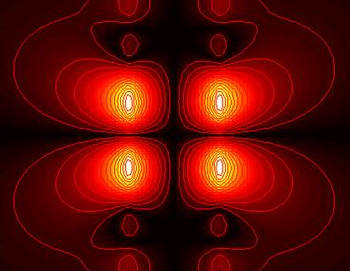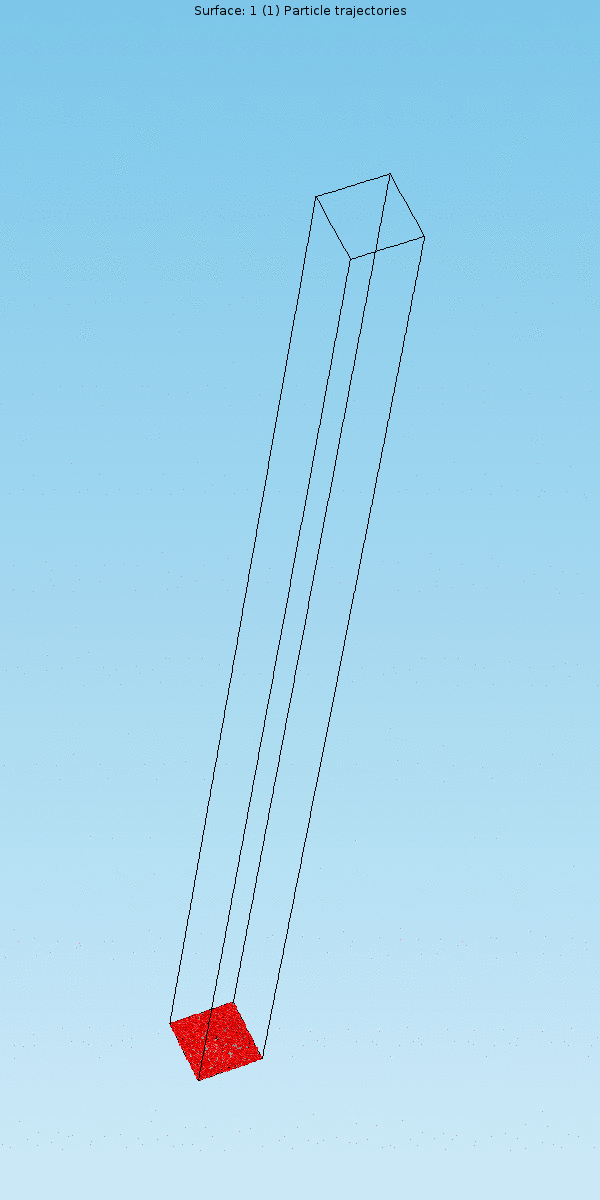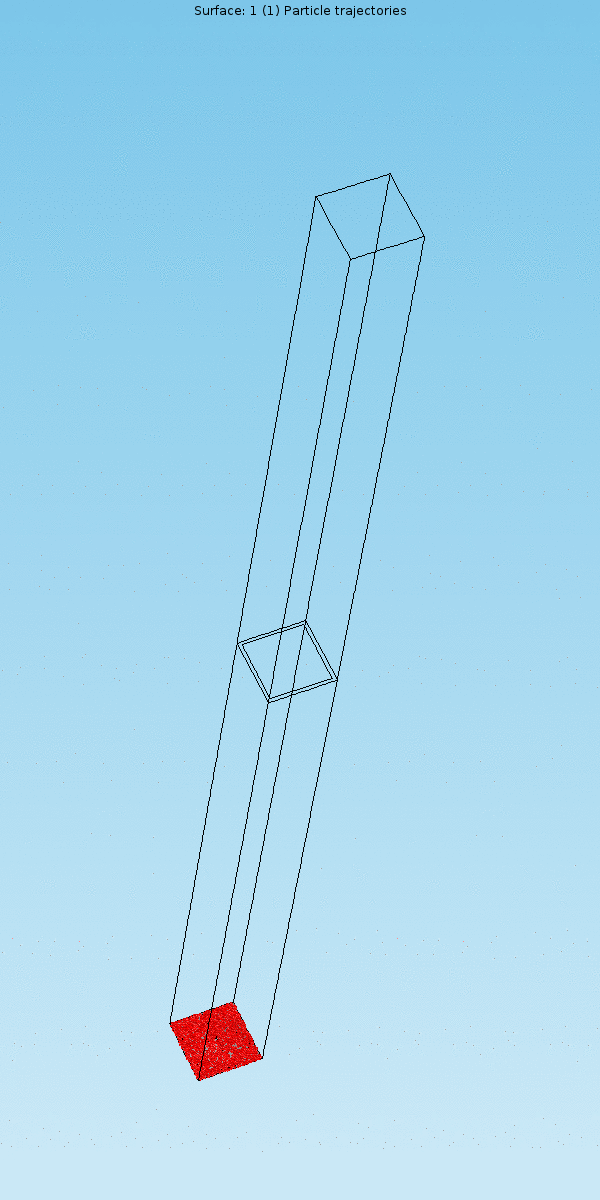Photon-Enhanced Thermionic Emission

The power system of choice for many of todays space missions is based on photovoltaic (PV) systems. However, additional systems exist, for example thermoelectric in which heat is convertor to electricity. These systems have been developed for space applications in the past, mainly in combination with radioisotope generators. Although the conversion efficiency is typically higher compared to photovoltaic cells, the overall efficiency ranges between 7-15% with a relatively low practical power limit.
By now combining the internal photoelectric effect in semiconductors and thermionic emission, a new type of solar energy converter has been developed, called 'photon-enhanced thermionic emission' (PETE) [1][2]. PETE combines photovoltaic and thermionic effects in a single process to take advantage of the high per-quanta energy of photons and the available thermal energy due to thermalisation and absorption (up to 50% of incident solar energy in silicon solar cells).
The PETE cell could theoretically achieve the same efficiency as current photovoltaic systems, possibly even higher, with the benefit of working at much higher temperatures. For example, the maximum efficiency predicted in a default terrestrial cell is approximately 42% at an emitter temperature of Te=1400oC and Tc=200oC [3].
In the context of space, a PETE device could be useful for near-sun missions where, due to high temperatures, photo-voltaic applications experience a decrease in efficiency. Closer to home, it could also lend itself for use in concentrated solar power (CSP) systems, as reflectors are generally cheaper and less complex than PV solar arrays, thereby reducing the overall power system cost. A further enhancement in efficiency can be obtained by combining a PETE converter with a heat engine cycle. This would have the added benefit that thermoelectric generators can be used to avoid mechanical vibrations of the spacecraft.
Project
Together with the Instituto de Microelectronica de Madrid (IMM) and the Instituto Italiano di Technologia (IIT), the ACT investigated the feasibility of using the PETE concept to enable high temperature power generation on a hypothetical mission orbiting the Sun at 0.3AU with face temperatures around 600-1000K. Both studies were performed in parallel with each team focusing on a separate element of the device. With IMM focused on the photon absorption and electron transport in the cathode, IIT developed a 3D model of the cathode-anode interface using the calculated cathode electron emission as input parameter. The overall device efficiency was then determined applying varying strategies to overcome the so-called charge-cloud problem.


By nanostructuring the front surface using a photonic crystal light-trapping structure, IMM was able to obtain a 2% improvement in the electron emitter efficiency [4]. Exploring varying voltage gate levels and gap geometries, IIT could then identify the optimal structure to maximise the operational power output with a final efficiency of 3%. The main parameter to enhance this efficiency was identified to be a decrease in the vacuum gap distance between the cathode and anode. This would be an engineering challenge, but interestingly, operating the device isothermally (identical cathode and anode temperature) would also result in a net current through the device. This could significantly reduce the complexity of the design, thus providing an interesting angle for future study.
This project was conducted in the framework of the Ariadna Project: “Photon-Enhanced Thermionic Emission” - Study Reference Number: 14-2101. For more information please find the study description.
References
- {:name="Ref1"} S Meir, C Stephanos, T H Geballe and J Mannhart, Highly-efficient thermoelectronic conversion of solar energy and heat into electrical power, J. Ren & Sust. Energy, 5, 043127 (2013)
- {:name="Ref2"} N Melosh et al, Photon Enhanced Thermionic Emission for Solar Energy Harvesting, final report to the Global Climate and Energy Project, 2012
- {:name="Ref3"} J W Schwede et al, Photon-enhanced thermionic emission for solar concentrator systems, Nature Materials, 9, 762-767 (2010) – doi:10.1038/nmat2814
- {:name="Ref4"} Buencuerpo, J., Llorens, J.M., Zilio, P., Raja, W., Cunha, J., Alabastri, A., Zaccaria, R.P., Marti, A., and Versloot, T.W., Light-trapping in photon enhanced thermionic emitters, Optics Express, 23 (2015) - doi:10.1364/OE.23.0A1220